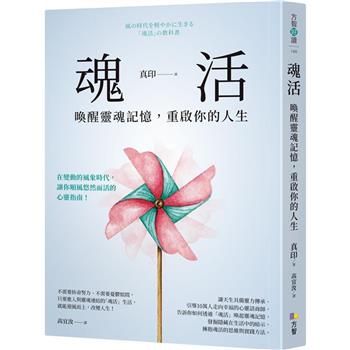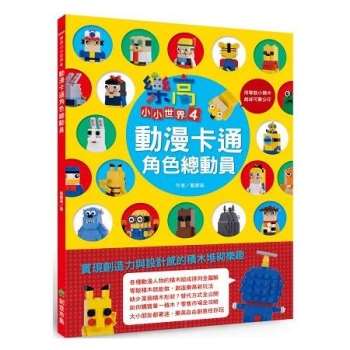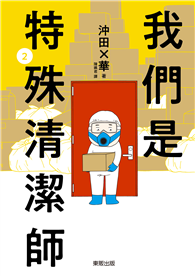Following a cliff collapse in Felixstowe in 1842 that revealed of fossils deposit which Charles Darwin’s Cambridge tutor thought resembled prehistoric droppings, a new industry developed to exploit them. Rev. John Henslow thought they were coprolites, fossilised dinosaur dung, similar to those discovered at Lyme Regis. As animal and human droppings were being used as a manure on the fields, chemical analysis of the Felixstowe fossils showed them to be rich in phosphate, a mineral essential for plant growth, Suffolk manure manufacturers bought these fossils, ground them to a powder and dissolved them in sulphuric acid to make superphosphate, the world’s first artificial chemical manure. It was a lucrative business and demand for the Suffolk fossils increased. When a similar bed was found in Burwell was tested and found to have a higher phosphate content, the industry spread to Cambridgeshire, expanded into Hertfordshire, Bedfordshire, Buckinghamshire and Oxfordshire. Manure manufacturers across the country wanted coprolites. Open cast mining in pits down to 60 feet in places led to tens of thousands of acres being dug. During these operations, the ’coprolite’ diggers uncovered numerous articles of archaeological interest, mostly grave sites but also hidden hoards. Some diggers ’pocketed’ the finds and sold them on the market as there was a huge interest amongst Victorian archaeologists and antiquarians. Sometimes the landowner claimed the finds and kept them in their drawing room cabinet. Professors and students of archaeology were interested in the finds and published academic papers in their journals. Whilst some finds were donated to the country’s new University museums, others were purchased by their curators. One digger made enough from selling his ’finds’ to buy himself a pub. Bernard O’Connor, who has researched the geological, historical, economic and social impact of the fossil diggings, has compiled accounts of the archaeological discoveries across Southern England, illustrating them with images from contemporary journals.
| FindBook |
有 1 項符合
The Archaeological Impact of the late-19th and early-20th century fossils diggings in Southern England的圖書 |
 |
The Archaeological Impact of the late-19th and early-20th century fossils diggings in Southern England 作者:O’Connor 出版社:Lulu.com 出版日期:2021-01-27 語言:英文 規格:平裝 / 80頁 / 21.01 x 14.81 x 0.43 cm / 普通級/ 初版 |
| 圖書館借閱 |
| 國家圖書館 | 全國圖書書目資訊網 | 國立公共資訊圖書館 | 電子書服務平台 | MetaCat 跨館整合查詢 |
| 臺北市立圖書館 | 新北市立圖書館 | 基隆市公共圖書館 | 桃園市立圖書館 | 新竹縣公共圖書館 |
| 苗栗縣立圖書館 | 臺中市立圖書館 | 彰化縣公共圖書館 | 南投縣文化局 | 雲林縣公共圖書館 |
| 嘉義縣圖書館 | 臺南市立圖書館 | 高雄市立圖書館 | 屏東縣公共圖書館 | 宜蘭縣公共圖書館 |
| 花蓮縣文化局 | 臺東縣文化處 |
|
|
圖書介紹 - 資料來源:博客來 評分:
圖書名稱:The Archaeological Impact of the late-19th and early-20th century fossils diggings in Southern England
|











